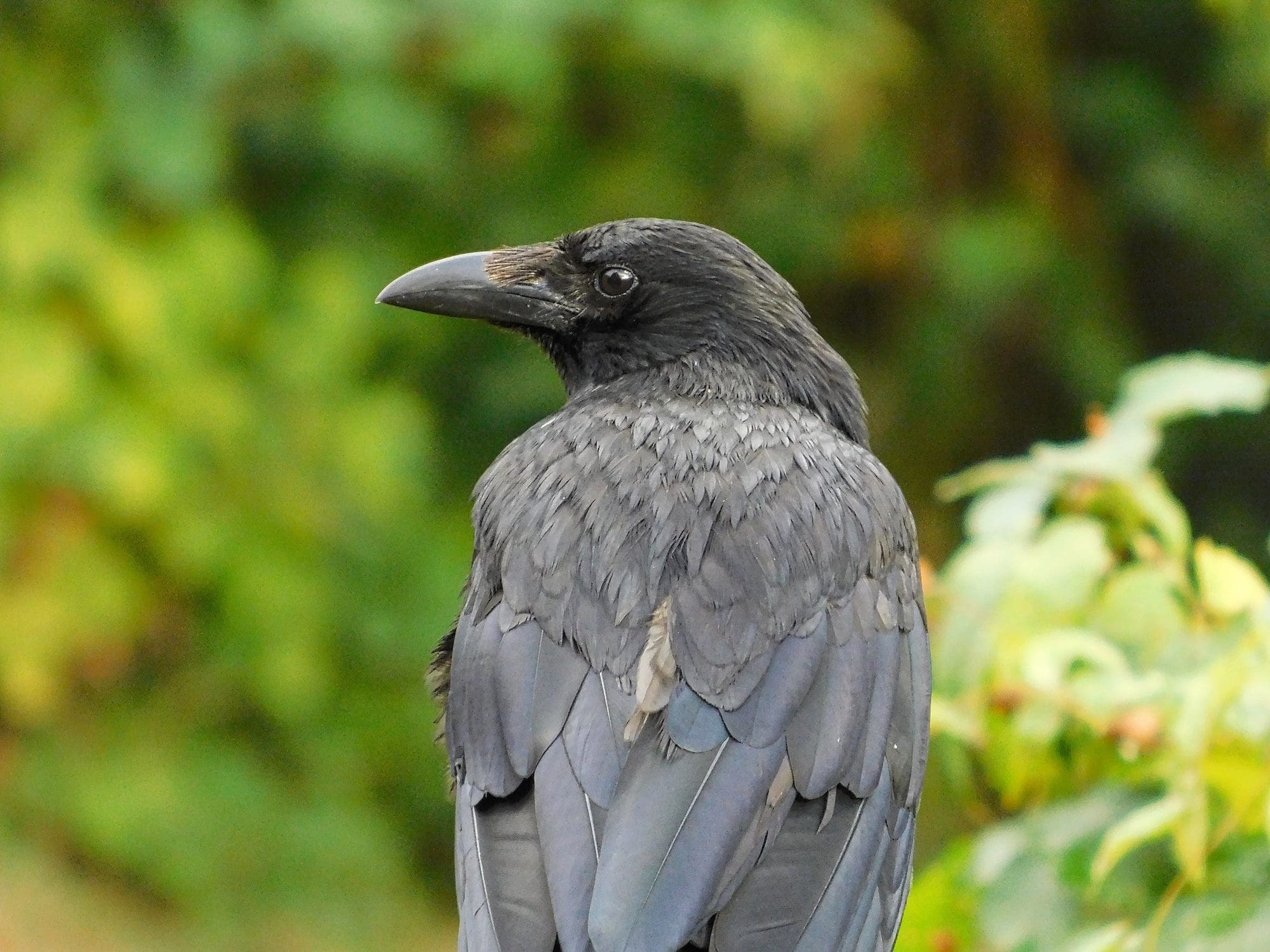

On page 1410 of this issue, Poelstra et al. Carrion Crows make big nests out of twigs, rags, bones. Earlier work ( 4) suggested that differences in gene expression, despite the lack of genomic nucleotide divergence, could serve as a sensitive indicator of speciation, although the exact mechanisms driving this process remained unknown. The crow that we are most familiar with, the Carrion Crow is all black and makes a hoarse, cawing sound.
#Carrion crows full
Some researchers, however, elevated these two taxa to full species in 2003 ( 5), a proposal supported by apparent nonrandom mating and reduced hybrid fitness. Meaning of carrion crow in English carrion crow noun C uk / kær.i.n kr / us / ker.i. Primarily based on lack of complete reproductive isolation and because of genomewide genetic homogeneity, they are often considered to represent two subspecies of the carrion crow ( 3, 4). Juvenile Carrion crows can be identified. These two phenotypically distinct crow taxa have a Palearctic breeding distribution with two stable zones of hybridization, one of which runs roughly north to south through central Europe ( 2) (see the figure). The Carrion crow a medium-sized black bird with a green or purple sheen. Fifty centimetres long and with jet-black, glossy plumage, the carrion crow is both impressive and imposing.

Ever since the carrion crow ( Corvus corone) and the hooded crow ( Corvus cornix) were described by Linnaeus as two species in 1758 ( 1), their taxonomic status has been debated. Its parents alarm-called frenziedly from their perches in the overhanging boughs of the silver birch, but made no attempt to come to their offspring’s aid.


 0 kommentar(er)
0 kommentar(er)
